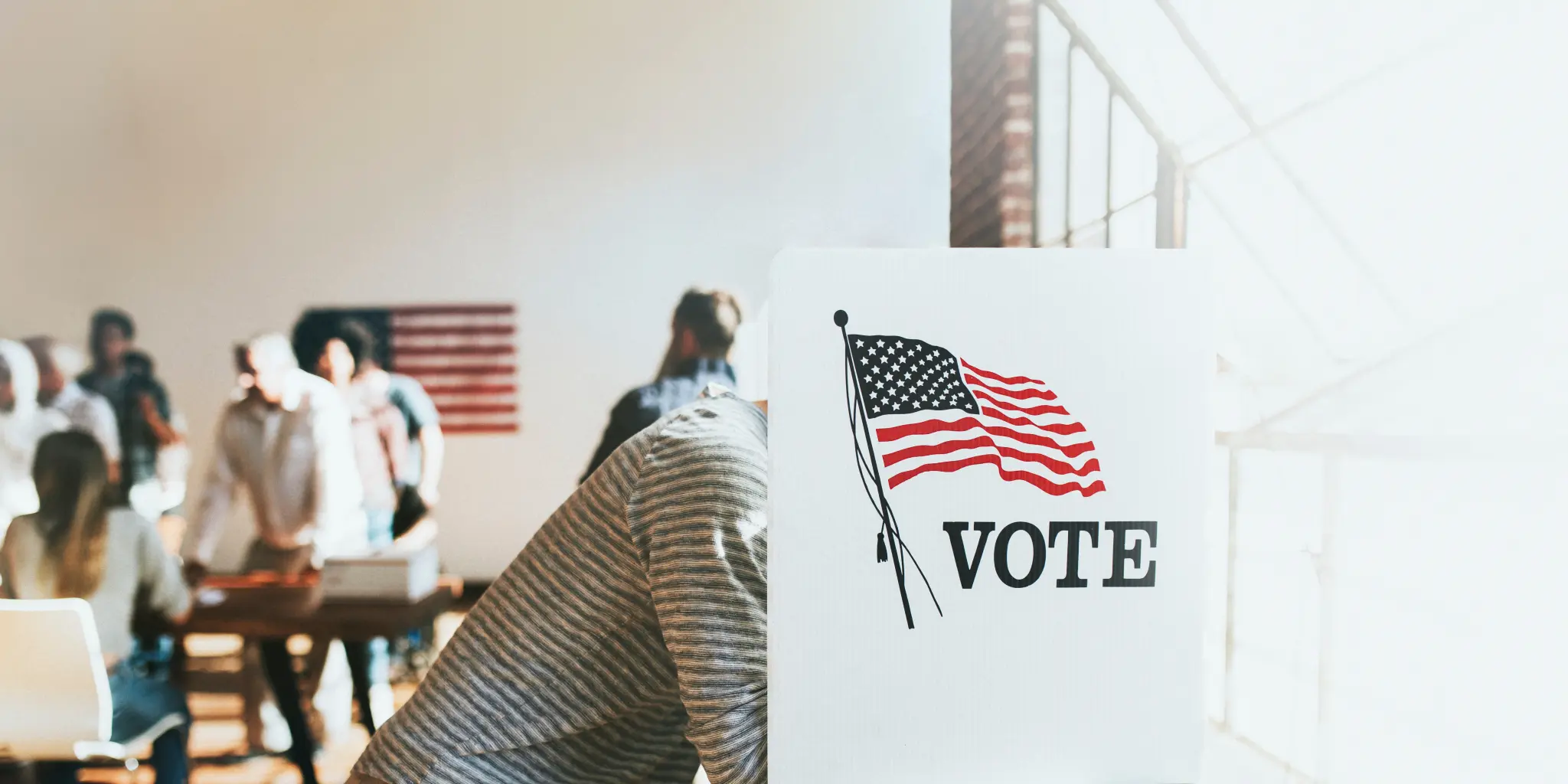Moody's Says Climate Change Rules Are Emerging Risk for California Refiners

Only time will tell how much AB 32 will actually cost California.
Since our landmark global warming bill passed in 2006 there has been no shortage of guessing about the costs and benefits of mandating greenhouse gas reductions on California's economy. Now all the rules are in place and experts are sharpening their pencils and assessing the outlook. The most recent regulation, cap and trade, requires manufacturing facilities, refineries, and large public agencies to hold “allowances” for their emissions starting in 2013. California is preparing for the first auction of allowances in August. Cap and Trade joins one of the earliest regulations under AB 32, the Low Carbon Fuel Standard to require more biofuels and alternative transportation fuels in the mix. The third policy to purchase 33 percent of our electricity from renewable sources was adopted last year.
Now instead of guessing we can see early indicators of higher future costs. Last week the independent credit ratings company -- Moody's Investors Service -- reported that California's rules create an emerging risk to the operating costs, competitiveness and growth of the in-state refineries. This is information important to bankers and investors as they figure out how much risk is involved in loaning or investing dollars into a business.
And after paying almost $4.50 per gallon for gas this month (highest in the country, sans Alaska and Hawaii) every California consumer should be concerned about "emerging risks" on California refineries.
Here’s what Moody’s said:
On the overall rules "CA's move to implement new standards for greenhouse gas emissions will be credit negative for refiners in the state." "Refiner's operating costs will rise." "The new rules could discourage refiners from making big strategic investments in CA and could cause certain higher-cost refineries to close."On greenhouse gas cap-and trade rules "Stationary emissions will cost the refining industry from $325 million to $1.2 billion annually by 2020." "We also assume only limited capital investments in carbon offset projects by refiners." "Over the near to medium term, refiners will probably bear these costs, with no ability to pass them through to the price of the fuel." "Over the longer term, as the cost burden rises, producers will more effectively pass these costs through to product prices." "We estimate the total annual cost of the emission reductions associated with transportation fuels by 2020 at anywhere between $3.7 billion and $13.5 billion." "Under our base case assumptions , this would indicate an increase in refined product costs of about 22 cents per gallon.On the Low Carbon Fuel Standard "We would expect the prices of these blendstocks to rise, unless CARB offers a subsidy." "Many industry participants believe that the targeted carbon-intensity reductions cannot be achieved after 2015 from the biofuel blendstocks now available."On the rest of the country falling in line (therefore making California more competitive) "Given the current political environment and the state of the U.S. economy, we do not expect to see a federal cap-and-trade program adopted nationwide over the near to medium term."
Meanwhile New Mexico abandoned its cap-and-trade program last month, one of the last remaining holdouts in the United States. New Mexico Environmental Improvement Board Chairman Deborah Peacock said, "the intent was that all these states would be doing this cap and trading, and everyone’s dropped (out) except for California and New Mexico. That, to me, was very significant."
New Mexico saw early indicators of high costs that we have ignored, so far.




